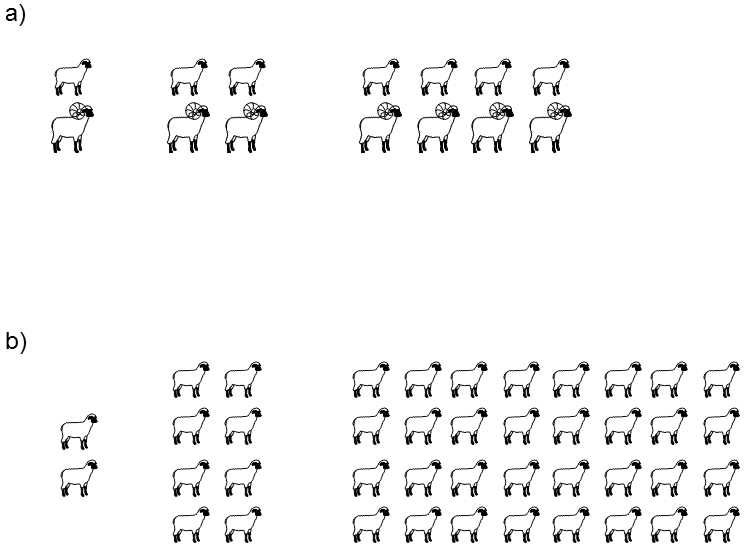XIII.2.2 A population of asexually reproducing individuals or hermaphrodites could multiply twice as fast as a population of gonochorists
As will be shown in the next chapter, the emergence of sexual reproduction leads to sexual dimorphism – differentiation of individuals of a single species into males and females.Simple considerations indicate that an individual that would produce only asexually reproducing progeny (parthenogenetic female) would reproduced twice as fast, expending the same amount of energy, as an individual that would “squander” half its reproduction efforts in the production of males (Fig. XIII.1).This effect of sexual reproduction is generally denoted as the two-fold ecological costs of sex (the cost of males) (Maynard Smith 1978).The two-fold ecological cost of sex is, of course, not applicable to hermaphrodites which, during mating, exchange sex cells, to unicellular organisms, to organisms with external fertilization that produce male and female cells of the same size (isogametes) or to organisms where both parents must care for the young with comparable intensity.However, the two-fold ecological cost of sex does not apply even in a situation where reproduction of individuals in the population is limited by unfavourable external factors.It cannot be excluded that this could be the reason why, in species capable of both sexual and asexual reproduction, i.e. in species with facultative sexual reproduction, sexual reproduction usually occurs under circumstances where the population finds itself in unfavourable conditions (Burt 2000).

Fig. XIII.1 The two-fold cost of males. Biparental species that have undergone differentiation of the sexes to males and females (gonochoristic organisms), have half the rate of reproduction compared to hermaphroditic organisms. If, for example, the first generation consists of one male and one female and the female gives birth to four live offspring during her lifetime, then the population in the second generation will consist of four animals, in the third of eight animals and in the fourth of sixteen animals (a). If the first generation consists of two parthenogenetic females (or two hermaphrodites) and each individual again gives birth to four live offspring during its lifetime, then the population in the second generation will consist of eight animals, in the third of sixteen animals and in the fourth of 32 animals (b).
